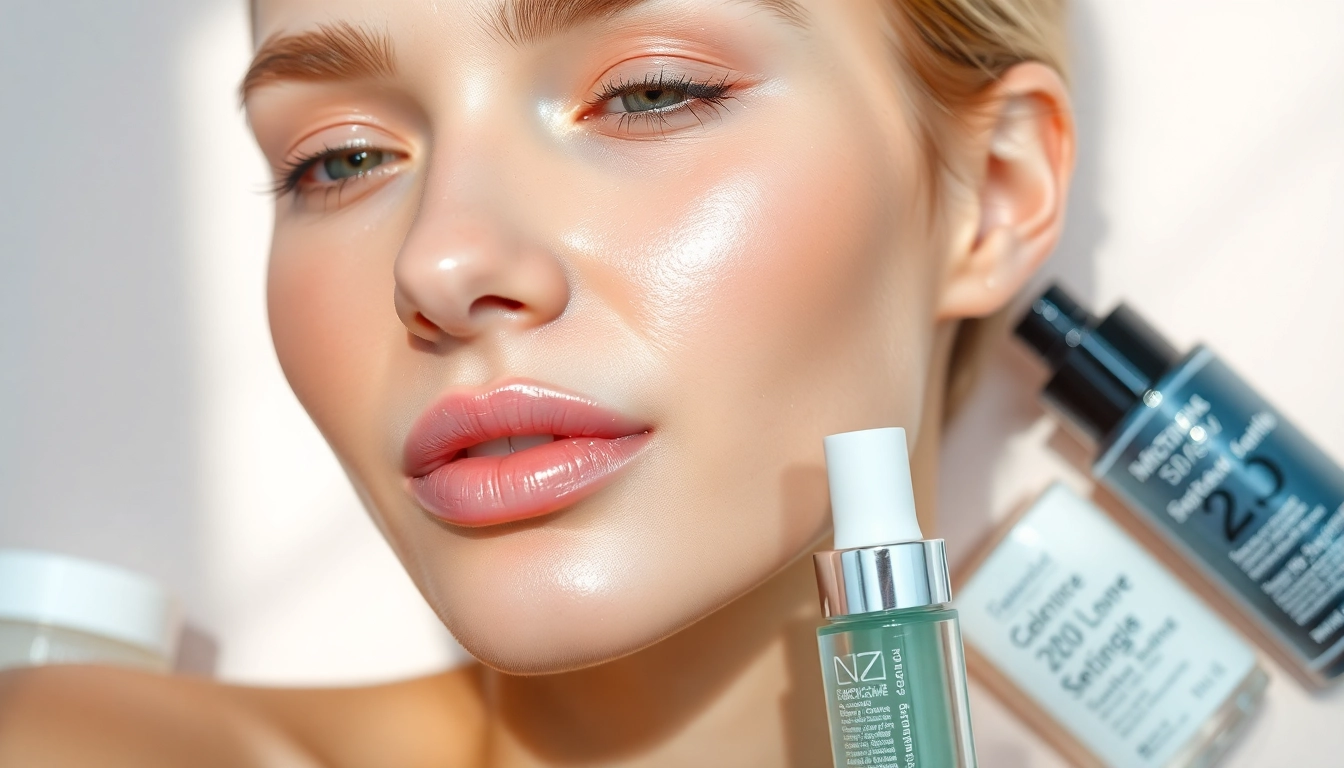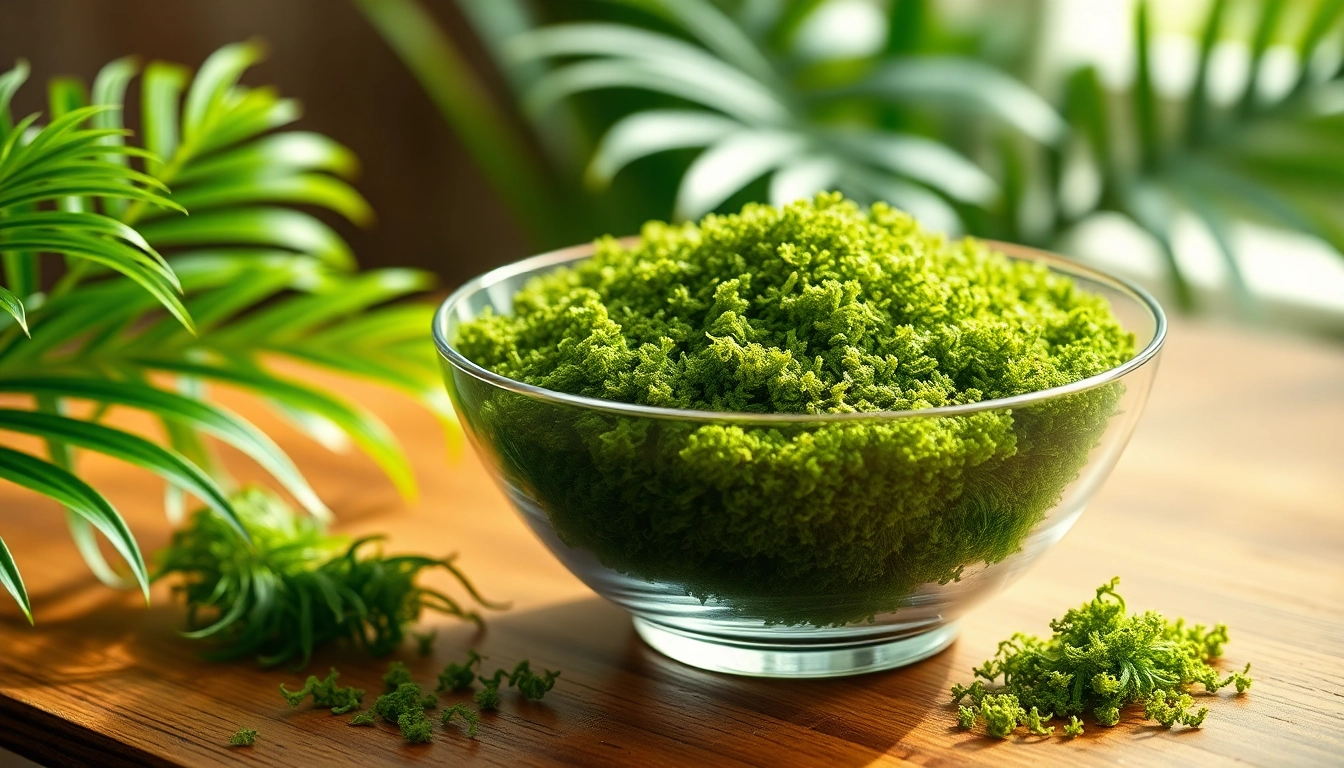Understanding Your Facial Skin Type
When it comes to effective facial care, understanding your unique skin type is foundational. Different skin types require different approaches to maintain health and radiance. Additionally, knowing your skin type helps you choose the right products, making your routine both efficient and effective. There are predominantly five recognized skin types: oily, dry, combination, normal, and sensitive. It’s crucial to assess your skin type accurately to implement the best practices effectively. Understanding this will not only enhance your facial care routine but also contribute to the overall health of your skin.
Identifying Different Skin Types
To determine your skin type, observe how your skin behaves. Here’s a brief overview of each skin type:
- Oily Skin: Characterized by enlarged pores, excess shine, and a tendency toward acne. Typically feels greasy within hours after cleansing.
- Dry Skin: Often exhibits flakiness, tightness, and dullness. Fine lines may become noticeable more quickly on dry skin.
- Combination Skin: Features a mixture of oily and dry areas, usually oily in the T-zone (forehead, nose, chin) while cheeks may feel dry or normal.
- Normal Skin: Balanced and well-hydrated, with minimal imperfections or sensitivity. The complexion appears smooth and vibrant.
- Sensitive Skin: Prone to redness, irritation, and reactions to product ingredients or environmental factors.
Identifying your skin type is essential for selecting products and treatments suited to your needs.
The Importance of Skin Type in Facial Care
Understanding your skin type enables you to tailor your facial care regimen effectively. For instance, those with oily skin might benefit from lightweight, oil-free moisturizers, while dry skin requires more hydrating products. Additionally, knowing your skin type helps you avoid products that can exacerbate issues—like heavy creams on oily skin or harsh exfoliants on sensitive skin. This tailored approach minimizes the risk of breakouts, irritation, or other negative reactions.
Common Skin Issues and Solutions
In addition to basic skin types, various common concerns arise from these categories. Here are some prevalent skin issues along with potential solutions:
- Acne: Caused mainly by excess oil and clogged pores. Solutions include using non-comedogenic products, gentle exfoliation, and incorporating salicylic acid or benzoyl peroxide treatments.
- Rosacea: This condition causes redness and visible blood vessels. Consider using products formulated for sensitive skin and avoiding irritants.
- Hyperpigmentation: Dark spots or patches on the skin can arise from sun exposure or previous injuries. Regular use of sunscreen and products containing vitamin C can help.
- Dullness: Often caused by dead skin buildup. Regular exfoliation paired with hydrating masks can restore radiance.
Effective Facial Cleansing Techniques
The foundation of any successful facial skincare routine lies in effective cleansing. This step removes dirt, oil, and impurities, setting the stage for other products to work effectively.
Best Practices for Daily Cleansing
Cleansing should be a non-negotiable part of your daily routine. Here are best practices to consider:
- Frequency: Clean your face twice a day—morning and evening—to prevent buildup.
- Product Selection: Choose a cleanser suitable for your skin type (e.g., gel cleansers for oily skin, cream cleansers for dry skin).
- Technique: Use lukewarm water, gently massaging the cleanser in circular motions, followed by thorough rinsing.
- Pat Dry: Always use a clean towel to pat dry your face instead of rubbing it, which can irritate the skin.
Choosing the Right Cleanser for Your Skin
Choosing the appropriate cleanser is crucial for maintaining your skin’s health. Here’s a breakdown of different types:
- Foaming Cleanser: Ideal for oily or acne-prone skin; helps remove excess oil.
- Cream Cleanser: Best for dry or sensitive skin; hydrates while cleansing.
- Micellar Water: A gentle option for all skin types, especially sensitive; perfect for quick cleansing or makeup removal.
- Oil Cleanser: Suitable for oily skin; oil attracts oil, which helps dissolve impurities effectively.
Exfoliation: A Key Step for Radiant Skin
Exfoliation is often overlooked but is essential for achieving radiant skin. This process helps eliminate dead skin cells, allowing newer cells to surface. Here are some key points regarding exfoliation:
- Types of Exfoliants: Physical (scrubs) and chemical (AHAs and BHAs) exfoliants serve different purposes and can be tailored to skin sensitivity.
- Frequency: Most skin types benefit from exfoliating 1-3 times a week, depending on sensitivity.
- Post-Exfoliation Care: Always follow exfoliation with a hydrating moisturizer to replenish skin moisture after the process.
Moisturizing and Hydration Strategies
After cleansing, moisturizing is paramount in maintaining skin’s barrier function, keeping it hydrated and healthy. The right moisturizer can help reduce dryness, improve texture, and enhance your skin’s overall appearance.
The Role of Moisturizers in Facial Care
Moisturizers serve a vital role in your skincare routine, helping to lock in hydration and protect the skin from environmental stressors. They come in various forms, such as creams, gels, lotions, and oils, with varying levels of thickness and richness:
- Lightweight Gel Moisturizers: Great for oily skin, providing hydration without clogging pores.
- Thicker Creams: Ideal for dry skin, often containing richer emollients and occlusives to lock in moisture.
- Lotions: Versatile and suitable for most skin types, offering a balance between hydration and texture.
Hydration Tips for Every Skin Type
Regardless of your skin type, specific hydration tips can enhance your facial care routine:
- Drink Enough Water: Hydration starts from the inside. Aim to drink at least eight glasses of water a day.
- Incorporate Humidifiers: Especially in dry climates or during winter, using a humidifier can add moisture to the air, helping your skin retain hydration.
- Layering Products: For dry skin, consider using a hydrating serum underneath a cream to maximize hydration.
How to Combat Dryness and Oiliness
Finding a balance between dryness and oiliness can be challenging, but here are some strategies to address these common concerns:
- For Dryness: Opt for creamy, hydrating formulations with ingredients like hyaluronic acid, glycerin, and ceramides that help repair the skin barrier.
- For Oiliness: Choose oil-free moisturizers with matting properties and non-comedogenic ingredients that won’t clog pores.
- Combination Skin Strategies: Use different products for different areas of your face—for oily zones, lighter formulations, and for dry patches, richer creams.
Sun Protection and Facial Care
Sun protection is paramount in any facial care regimen. UV rays can cause premature aging, pigmentation, and increase skin cancer risk.
The Importance of Sunscreen in Facial Regimens
Every skin type should incorporate sunscreen into their daily routine, irrespective of outdoor activities or weather conditions. Sunscreens protect the skin against UVA and UVB rays, preventing sunburn and long-term damage. Opt for broad-spectrum sunscreens that offer protection against both types of rays.
Understanding SPF and Its Impact
SPF, or Sun Protection Factor, represents the level of protection a sunscreen can provide. Here are critical details to consider:
- Choosing the Right SPF: Higher SPF isn’t always necessary; an SPF of at least 30 is typically adequate for daily use.
- Reapplication is Key: Sunscreen should be reapplied every two hours, or more frequently if sweating or swimming.
- Combine Methods: In addition to sunscreen, wear protective clothing, UV-blocking sunglasses, and seek shade during peak sun hours.
Tips for Year-Round Sun Protection
Sun protection isn’t limited to summer months. Here are strategies to ensure year-round sun safety:
- Daily Use: Make sunscreen a part of your morning routine, even on cloudy days.
- Winter Care: Snow can reflect up to 80% of UV rays, so don’t skip sunscreen in winter.
- Indoor Protection: UV rays can penetrate windows, consider using sunscreens even indoors.
Advanced Facial Treatments for Better Skin Health
In addition to daily care, more advanced treatments can elevate your facial skin care routine, addressing specific concerns more effectively.
Exploring Professional Facial Options
Professional facials conducted by skincare specialists provide various benefits, including deep cleansing, exfoliation, and personalized treatments using higher potency products. Some popular types of professional facials include:
- Hydrafacial: Utilizing a vacuum system to cleanse, exfoliate, and hydrate your skin deeply.
- Microdermabrasion: Uses tiny crystals to exfoliate the outer layer, boosting cell turnover and evening skin texture.
- Chemical Peels: Use acidic solutions to deeply exfoliate and treat various concerns like pigmentation and acne scars.
The Benefits of At-Home Facial Masks
In-between professional treatments, at-home facial masks can sustain results, providing additional nourishment and care. Here are some mask types to consider:
- Clay Masks: Excellent for oily and acne-prone skin, as they draw out impurities.
- Hydrating Masks: Great for dry skin, infused with ingredients like hyaluronic acid and aloe vera.
- Sheet Masks: Convenient and effective for a quick boost, available for various skin concerns.
Integrating Serums and Oils into Your Routine
Serums and facial oils can add a potency to your routine, providing concentrated doses of active ingredients targeting specific issues:
- Serums: Lightweight and easily absorbed. Look for ingredients tailored to your needs—vitamin C for brightening, retinol for anti-aging.
- Facial Oils: Ideal for adding moisture and nurturing the skin barrier. Find oils suited to your skin type—for example, jojoba for oily skin and rosehip for dry skin.
Integrating these advanced treatments can elevate your facial care, but always tailor your approach based on your unique skin type and concerns.



